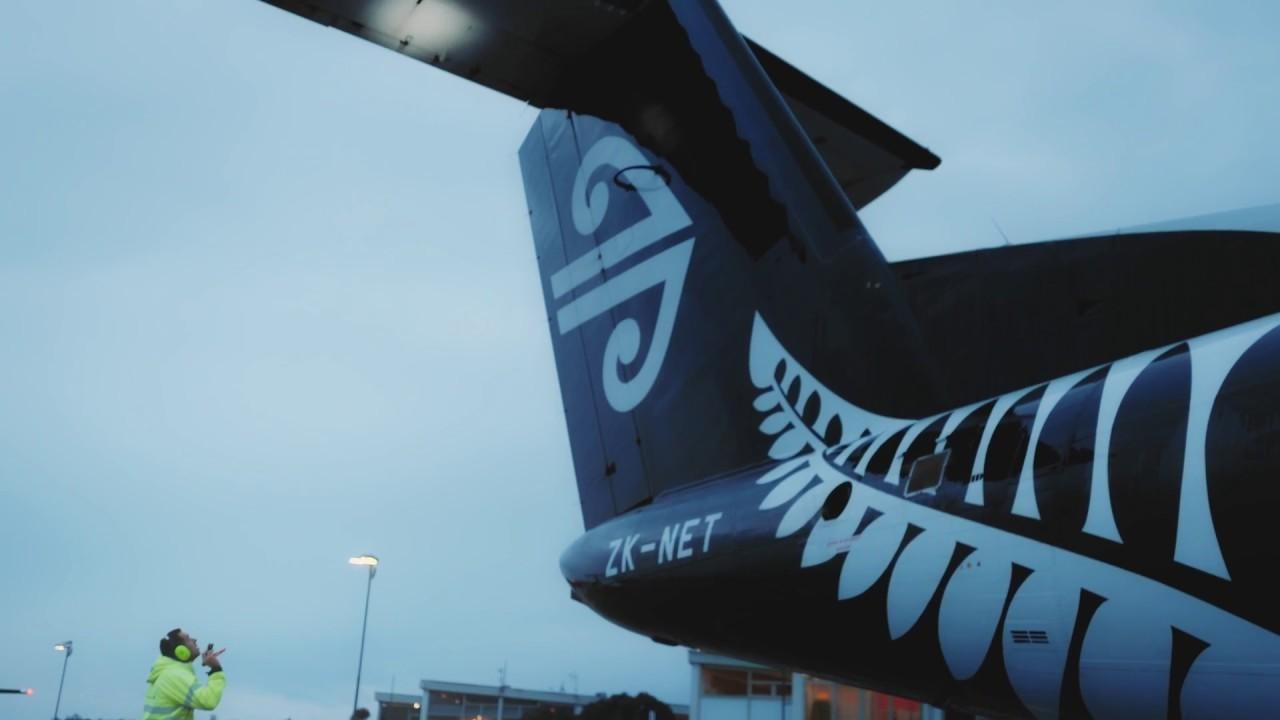
Air New Zealand’s chief executive has become the latest leader to predict that his airline will emerge from the corona-crisis as a smaller operation.
Greg Foran echoed sentiments expressed by Lufthansa CEO Carsten Spohr a day earlier, with the ANZ chief predicting that a more health-conscious public would take time to rebuild trust in flying and travel.
It is still unclear whether big airlines plan to offload aircraft or keep them in storage until demand returns to pre-coronavirus levels – if it ever does – but one near-certainty is that there will be considerable slack in the system once travel restrictions are eased.
This will probably mean a collapse in the value and lease rates of mid-life aircraft, especially mid-life widebodies, due to a glut of supply. This glut will come from the numerous airlines that will fail during the crisis, and from the surviving players, which will shed their older equipment before new in the face of lower demand.
The result will be bad news for the MRO market, which profited from booming demand for mid-life equipment through the last decade, as airlines responded to buoyant passenger traffic and, in recent years, sought cover for the Boeing 737 Max grounding, Airbus A321neo delivery delays and those 787s hit by Trent 1000 issues.
Such a blow would be exacerbated by the fact that the newer equipment that remains won’t require much maintenance for several years, further depressing revenues.
And if that weren’t bad enough, once the crisis is over there is a possibility that airlines with mid-life aircraft will swap new for old, instead of paying for heavy maintenance checks, due to a glut of vacated order and delivery positions at Airbus and Boeing. Indeed, Boeing already has squadrons of Max aircraft ready to ferry, plus the extra time afforded by the crisis to sort out recertification.
Management of investment funds and asset-backed securitizations focusing on mid-life aircraft, many of which emerged only in the last two years, will also feel pretty queasy at the recent turn of events.





